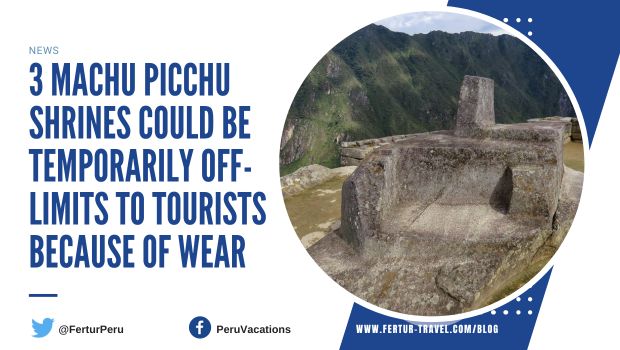
3 Machu Picchu Shrines Showing Wear And Could Be Closed
Machu Picchu visitors could be temporarily diverted from the Intihuatana and the temples of the Sun and the Condor after an inspection revealed evidence of “irreversible” wear and deterioration to the Inca shrines.
“The lithic elements are deteriorating due to the high foot traffic and concentration of visitors in these emblematic areas,” Maritza Rosa Candia, chief of Cusco’s Directorate of Culture, told reporters. “The damage is irreversible; hence we must act to protect our heritage.”
She said a remediation plan is still under evaluation and no date has yet been determined for when the sections might be roped off.
The Intihuatana, the Temple of the Sun and the Temple of the Condor are three of the most significant structures at the Inca sanctuary.
Intihuatana energy
Often referred to as the “Hitching Post of the Sun,” the Intihuatana is a polygonal-shape stone sundial. The Inca used it to accurately measure the seasons, especially pinpointing solstices and equinoxes, which were crucial for determining the right times for sowing and harvesting crops.
On the morning of the June solstice, as the sun reaches its highest point in the sky directly overhead, the Intihuatana stone casts no shadow.
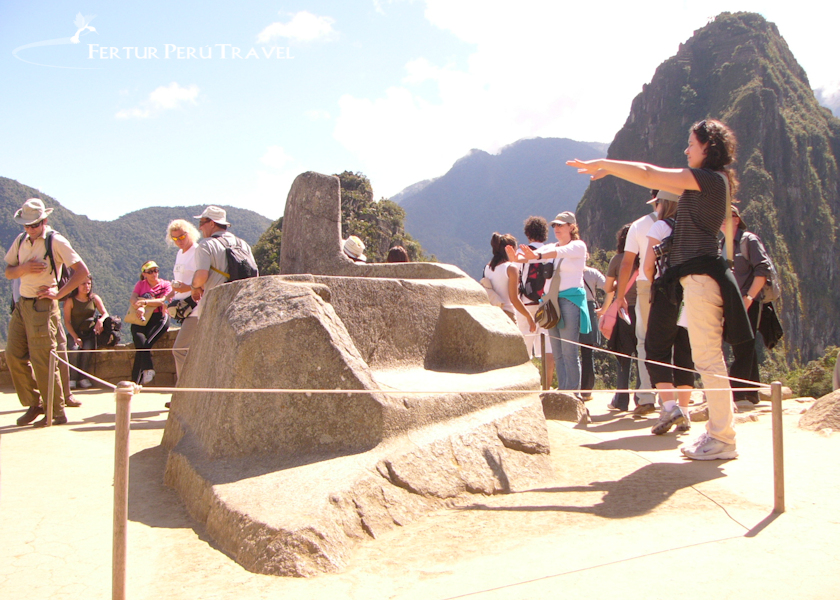
Visitors flock to see the solstice sunrise over the Intihuatana stone, marveling at how it perfectly aligns with the ruins and landscape. The rest of the year, many come just to get close enough to feel its cosmic energy.
Temple of the Sun Tower
The Temple of the Sun is a semi-circular tower built to venerate Inti, the Inca sun god. It also was used to make astronomical observations. On the June 21st solstice, a sunbeam streams directly through the temple’s eastern trapezoidal window and illuminates the elaborately carved rock inside.
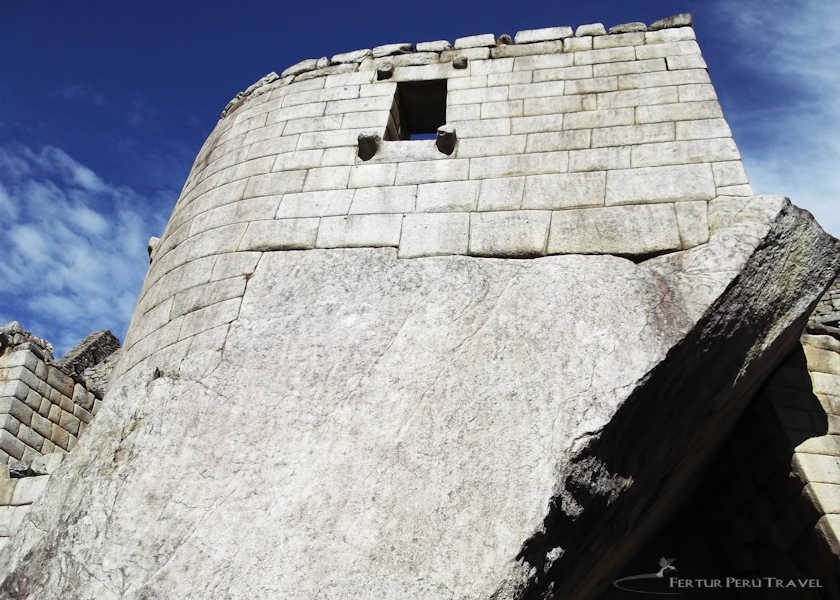
As the sun continues to rise, the sunbeam moves across the temple interior and perfectly aligns with the center stone.
Temple of the Condor
The Temple of the Condor is built into a natural rock formation resembling a condor with outstretched wings. It houses a carved rock wall with niches and steps leading to a chamber below the condor’s head.
Archaeologists believe that Inca priests conducted rituals and sacrifices here, honoring the condor as a divine messenger. The temple also has an astronomical aspect, with a window aligned to view the Southern Cross constellation and capture the June solstice sunset.
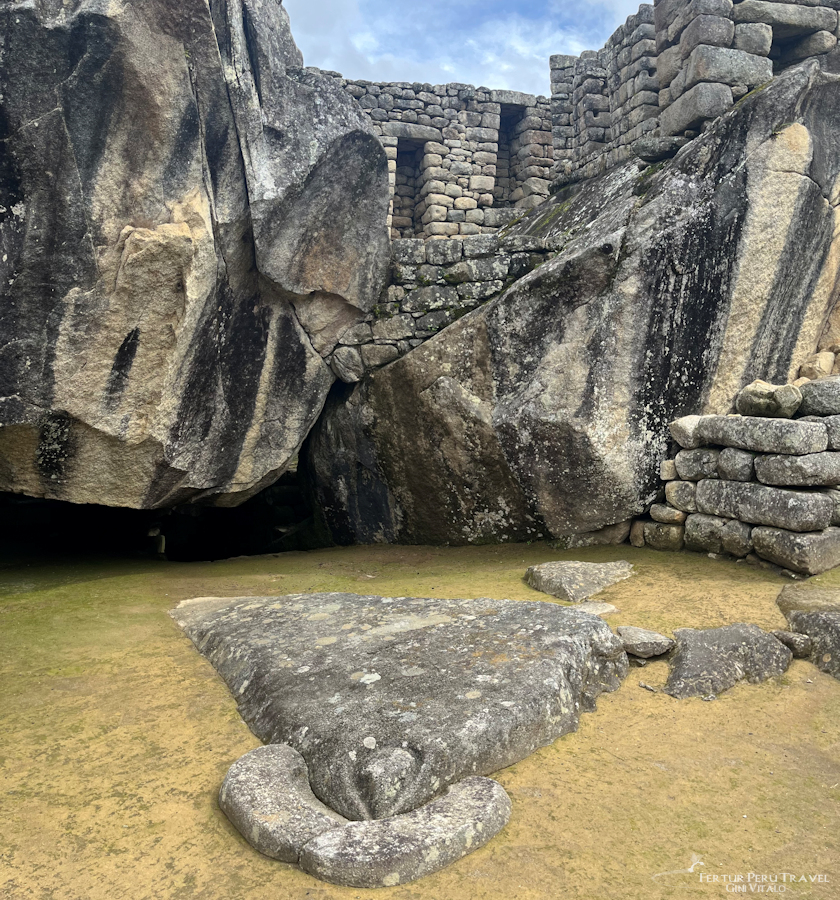
Push to Increase Daily Tourist Limit at Machu Picchu
Ironically, during the same series of inspections last week, Machu Picchu’s technical management unit concluded that the daily visitor limit should be increased to 5,940 people.
The current permitted capacity is 4,044 visitors per day through the end of 2023.
Saul Caipani Altamirano, head of Cusco’s Regional Bureau of Foreign Trade and Tourism, and a member of the management unit, noted that the 5,940 figure would mark a “return” to the pre-pandemic visitor limit.
To safeguard cultural heritage, he said Peru should consider closing vulnerable sectors.
“More protection of heritage has been mentioned,” he said. “Possibly some spaces will be closed such as the Intihuatana (and) the Temple of the Condor, where a high impact of degradation has been shown.”
Likewise, the time allowed for visitors to explore should be reduced, he said. Currently, tours of the ruins last about 3½ hours. The technical commission of the Machu Picchu Management Unit is proposing that be changed to 2½ hours.
Continuing Tug-of-War Over Machu Picchu’s Threshold
Nearly 1.6 million tourists visited Machu Picchu in 2019, the year before the Covid-19 pandemic devastated tourism in Peru.
Peru’s Ministry of Culture and UNESCO are concerned that ramping up visitor limits to pre-pandemic levels without first restoring conservation measures and strict control of the site could put Machu Picchu at risk.
Mismanagement this year resulted in chaos for travelers who didn’t purchase Machu Picchu entry tickets in advance. Thousands of tourists arrived to the citadel expecting to be able to obtain same-day tickets, only to find them sold out.
Meanwhile, for visitors who purchased tickets well in advance, tours of Machu Picchu have been leisurely and relatively uncrowded.
The fact that the current limit of 4,044 visitors per day was never reached all year begs the question, why the push to increase the limits?
The sprawling ruins of Sacsayhuamán, just outside the city of Cusco, received nearly a million visitors this year through August. That’s almost twice as many as Machu Picchu, which received less than 550,000 tourists during the same period. That’s a first.
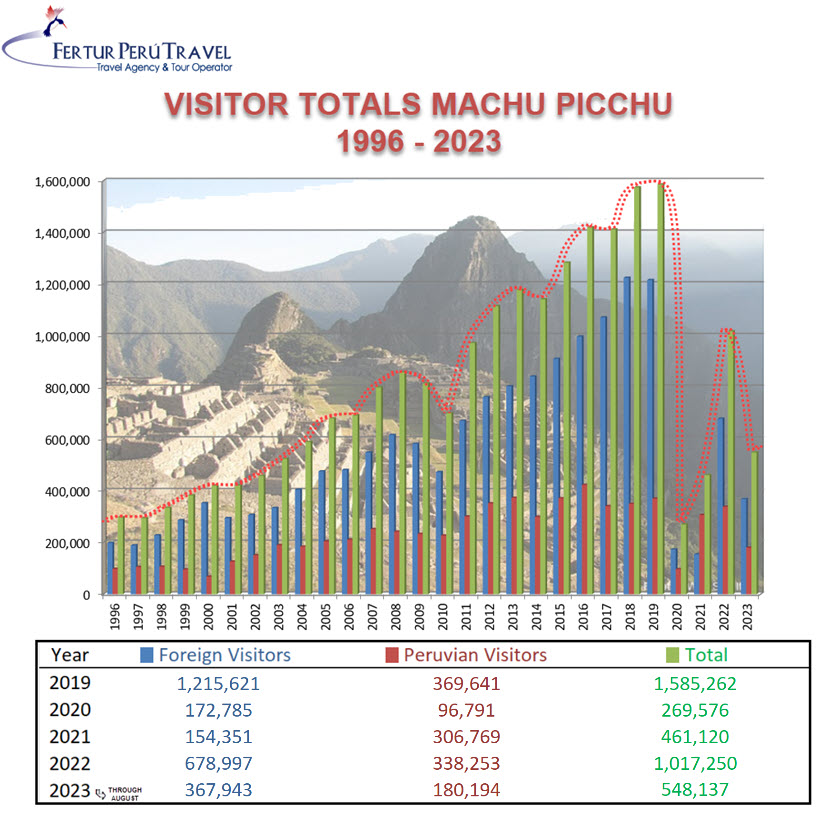
 Paddington Bear’s Peru Tour includes COP20 appearance
Paddington Bear’s Peru Tour includes COP20 appearance 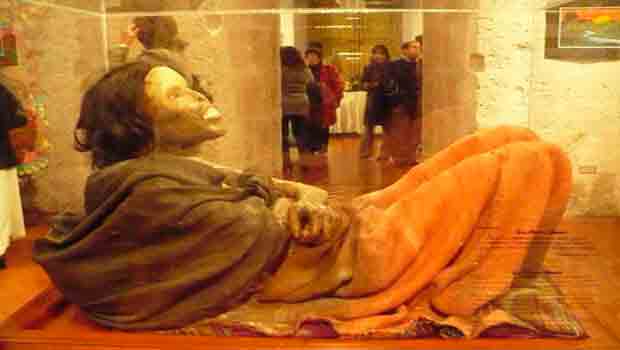 Arequipa tour attraction Juanita mummy placed in deep freeze
Arequipa tour attraction Juanita mummy placed in deep freeze 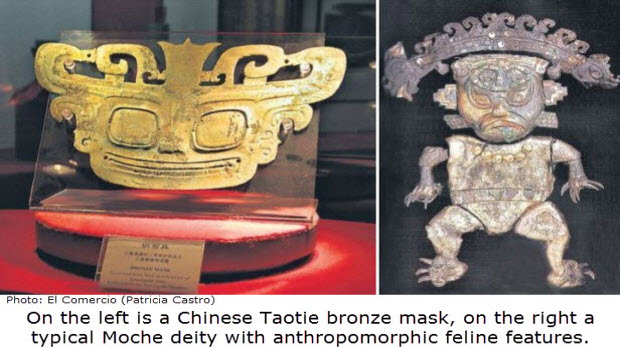 Ancient Link Between Chinese And Peruvian Civilizations?
Ancient Link Between Chinese And Peruvian Civilizations?  Nazca Lines archaeologist faces charges for TV tour
Nazca Lines archaeologist faces charges for TV tour  Bus ride up to Machu Picchu hiked, AGAIN!
Bus ride up to Machu Picchu hiked, AGAIN!  Make Arequipa a port of call on a luxury cruise vacation
Make Arequipa a port of call on a luxury cruise vacation 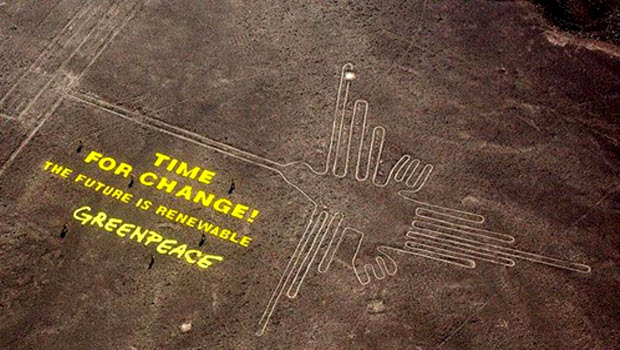 Greenpeace activists in hot water over Nasca Lines act
Greenpeace activists in hot water over Nasca Lines act 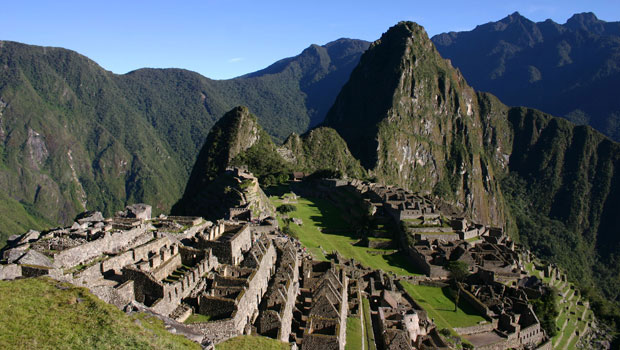 Promotional rate for afternoon entry into Machu Picchu
Promotional rate for afternoon entry into Machu Picchu